After accomplishing the goal of adopting French Lop, one of the 10 largest bunny breeds in the world, It’s your time to hone your grooming skills. Keeping in view the weight and French Lop size, bunny lovers often find it challenging to timely groom these fur balls.
As a beginner bunny lover and owner, you need to understand how important it is for you to groom your French Lop rabbit. This not only helps build a bond but plays a role in keeping your beloved pet healthy and its fur tangle-free. On the contrary, if not taken proper care of, locks form which can complicate and further worsen the bunny’s situation and health.
Read more about: Common Health Issues In French Lop Rabbits: Prevention And Care – March 2024
To do so, you must keenly learn the details about these adorable pets. These include the French Lop’s shedding cycles, size, weight, fur coat, food preferences, and of course grooming tips. Stick to us till the end to not only learn about the grooming tips but also other exclusive details.
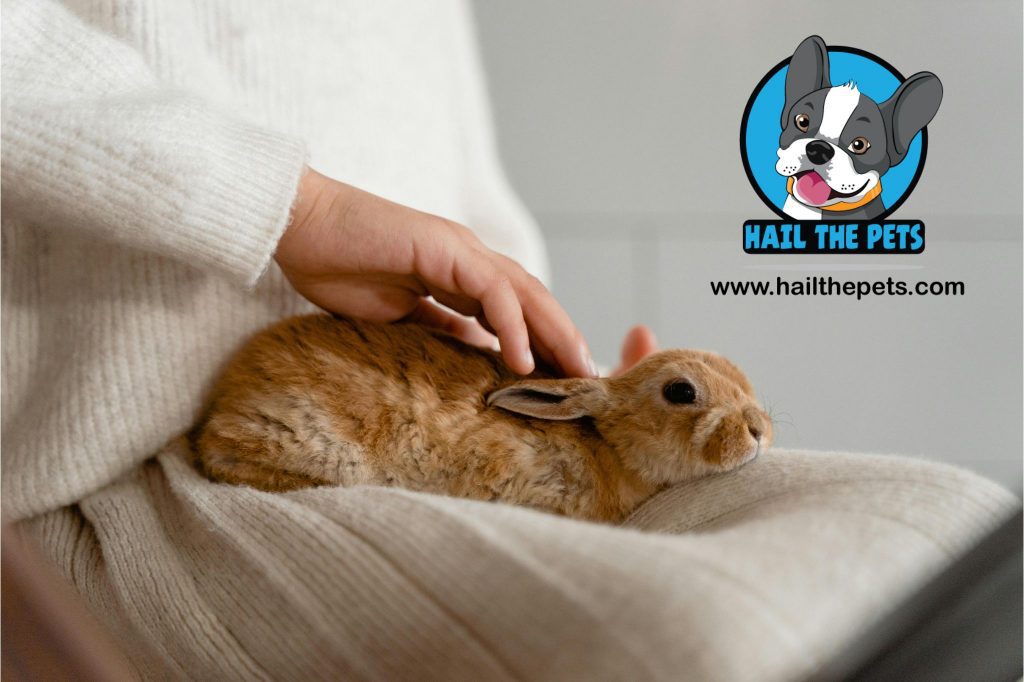
French Lop Bunnies Fur Coat And Tangling
Before we get down to the grooming tips, here are some important things for you to understand as a beginner pet owner.
Apart from the French Lop temperament, distinctive lop ears, calm demeanor, cute looks, and of course size, another aspect that requires attention is its thick fur coat. The soft, glossy yet medium-thick fur coat is prone to tangling if not properly handled and groomed. So here, we reflect on the factors responsible for the formation of locks which can often lead to mats.
Have a look at: Guarding Your Bunnies: A Powerful Veterinary Guide to Defend Against 10 Killer Rabbit Diseases – January 2024
Coat Density
It’s the density of the fur coat that backs the lock formation. Though the hair isn’t as long as other breeds, still the density is a prime factor contributing to the formation of locks. However, this is not something to be worried about as the fur is typically the roll back fur type.
It can easily be rolled back once brushed with a bristle brush. The point for you to understand here is the friendly nature of the fur coat before we get to the core topic, i.e. grooming leading to a tangle-free, groomed bunny.
Learn more about: Rabbit Diet: A Beginner’s Nutritional Guide to Ensure a Balanced Diet-January 2024
Shedding Season
It is during the shedding season when locks and in extreme cases mats form. As already said, French Lop doesn’t have extremely thick fur with long hair, still locks, clumps, and even mats can form after the new and the shedding hair mess up with each other during this particular phase.
Grooming Requirements
If groomed regularly, the chances of tangling diminish to a greater degree. It is therefore advised to brush the coat a few times a week. Brushing helps eliminate tangles, locks, and clamps if any. It also facilitates circulation and the even distribution of the natural oils which leads to a healthy and shiny fur coat.
Do check out: Exploring Unusual Bird Behaviour: Top Ten Popular Birds to Keep as Pets – January 2024
Lifestyle And Environmental Conditions
Besides shedding and other common factors, lifestyle or living conditions also contribute to the bunny’s lock formation. Providing a healthy environment, that is airy, not damp, and encourages exposure can automatically flourish a being with healthy fur.
All these conditions decrease the likelihood of lock formation and tangling.
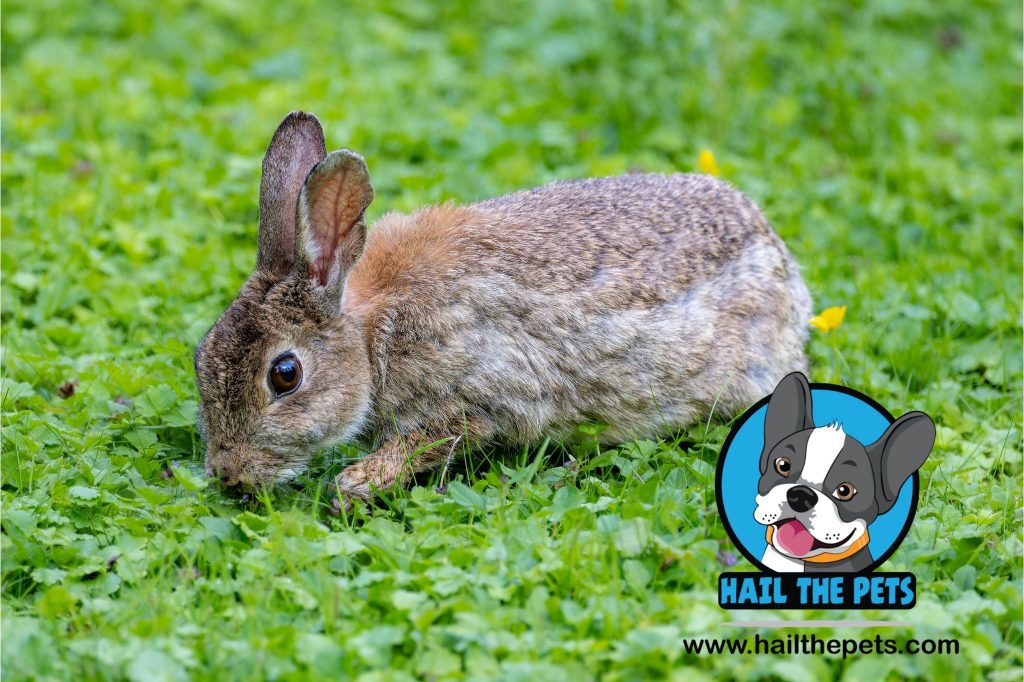
Bunny’s Fur Growth — Understanding The Basics
Since you’re a beginner, we believe the basic knowledge of French lop fur growth is crucial before you try your hands on the grooming tips. Like humans, french lop bunnies too pass through various stages of coat fur growth. Born without any fur, the body hair of the mini French Lop bunny soon emerges within weeks. This soft hair soon grows into a thick furry coat as it reaches the age of almost 7 months and above.
This is when we must identify the different shedding cycles and differentiate between shedding and molting. This is important as we may further decide on their grooming schedules, as per shedding or molting.
Check out: Common Health Issues In Siamese Cats: How To Look After Them At Home – March 2024
Shedding And Molting
Nature grooms French Lop bunnies by exposing them to shedding cycles. Understanding these cycles is essential for the proper care and maintenance of your fur ball.
Regular shedding is a continuous process that occurs throughout adulthood. This is the time when your bunny regularly sheds fur. This shedding keeps their coat healthy and free of any dead or damaged hair. You may notice small amounts of fur being shed daily, especially during grooming sessions. Regular brushing can help manage this shedding and prevent excessive fur buildup in your French Lop’s coat.
Learn more about: Common diseases in Persian cats: Signs, symptoms and preventive treatments – January 2024
Molting, however, is a more intense shedding process. It occurs twice a year, typically during spring and fall. During molting, your French Lop will undergo a significant shedding of its fur, followed by the regrowth of a new coat. This phase refreshes the bunny’s coat and ensures its health and vitality. But remember, molting can be a more noticeable and messy period compared to regular shedding.
Identifying Shedding And Molting
Identifying regular shedding in French Lop bunnies is relatively straightforward. You may notice small amounts of fur being shed during grooming sessions. You will also come across loose fur scattered mostly around the bunny’s living area.
Read more: Healthy Homemade Dog Treats? Recipes That Your Furry Friend Will Love- January 2024
Molting, on the other hand, is much easier to identify. During this period, your French Lop dedicatedly shed large clumps of fur. You’ll also notice a significant decrease in the overall density of its coat. Additionally, your bunny may appear more itchy or uncomfortable during molting, and they may spend more time grooming themselves to remove loose fur.
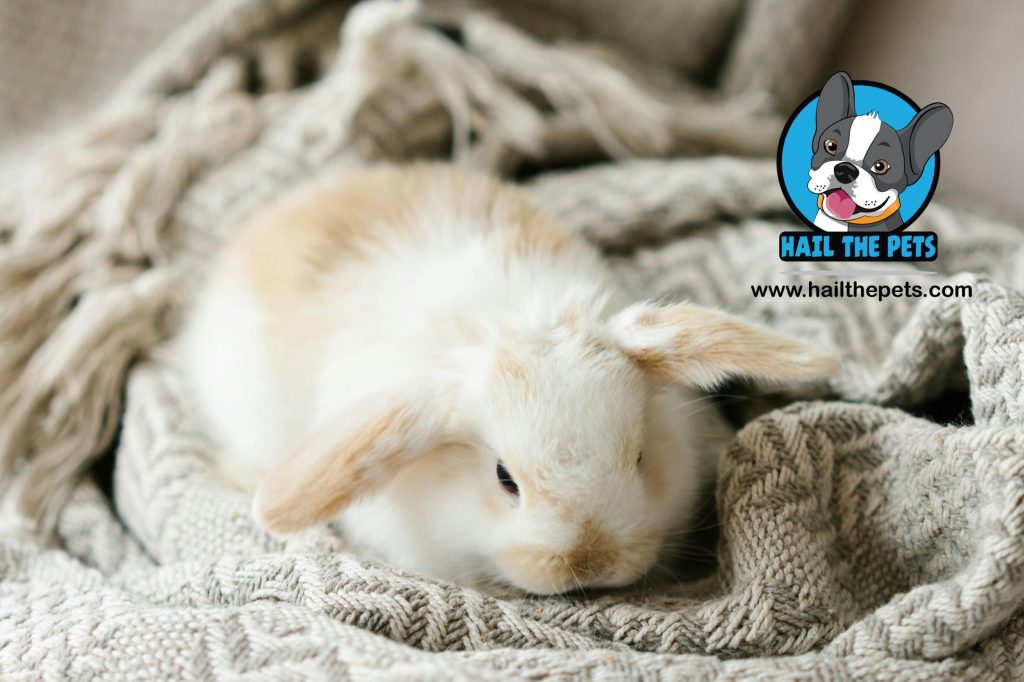
How to Keep Your French Lop Bunnies’ Locks Tangle Free
We’ve finally transcended to the part that’ll make you a French Lop grooming guru. Follow the tips given below to keep your bunny’s locks tangle-free.
Accessories Needed
- Metal wire-toothed brush
- Scissors
- Mat splitter
- Clipper
- Nail trimmer
- Q-Tips
- Cotton balls
Do check out: Common Health Issues in Cats: Symptoms, Risks and Preventive Care – January 2024
Grooming Techniques / Brushing
A simple wired-toothed brush is your go-to accessory to groom your French Lop bunny. Choose a brush that isn’t too sharp and acts gently on the bunny’s fur. Avoid using it harshly on the French Lop’s chest and other delicate areas to avoid injuries.
This brush proves to be a beneficial accessory to eliminate small clumps and debris from the rabbit’s hair.
Besides regular brushing, if you observe mats and clumps, it’s better to use other accessories like scissors and mat splitters. With these, you can easily remove the clogs that cause discomfort.
Check out: Creating a viable dog schedule for your canine: A guide for busy pet owners- January 2024
Grooming Frequency
Grooming is directly related to the age and condition of your French Lop buddy. A baby bunny doesn’t ask for much and brushing once a week for 10 minutes is fine. An adult French Lop however requires to be bushed every week for at least 15 minutes, as this practice keeps the fur in good shape.
Generally, it is recommended to brush the bunny’s fur using a metal comb many times a week.
Steps to Keeping Your French Lop Bunnies’ Locks Tangle Free
- Make your bunny comfortable as this seems to be the first part of the French Lop care protocol.
- With a metal comb, brush the bunny’s coat for almost 10 minutes.
- Avoid pulling and tugging.
- If you observe any clamps, try to detangle them with the brush gently.
- If they can’t unlock, it’s better to trim them off with scissors.
Read more on: Breeding Fish: A Beginner’s Guide to Understanding Fish Reproduction- January 2024
Why Is It Important to Groom Your French Lop Bunny?
No grooming means locks. It can lead to serious consequences discussed below.
- Neglecting the tangles can lead to the formation of mats. In severe cases, these mats can impede the bunny’s movement significantly.
- An untidy bunny with a messy coat is prone to attracting flies, which can result in flystrike. This occurs when fly eggs hatch and the larvae penetrate the bunny’s skin. This in turn releases lethal toxins. Unfortunately, flystrike is often discovered too late to prevent serious harm. Regular grooming and checks are crucial for preventing this condition, particularly for higher-risk French Lops, such as those who are disabled, elderly, or overweight.
- Regular combing, on the other hand, can help maintain a French Lop’s long coat without the need for complete clipping.
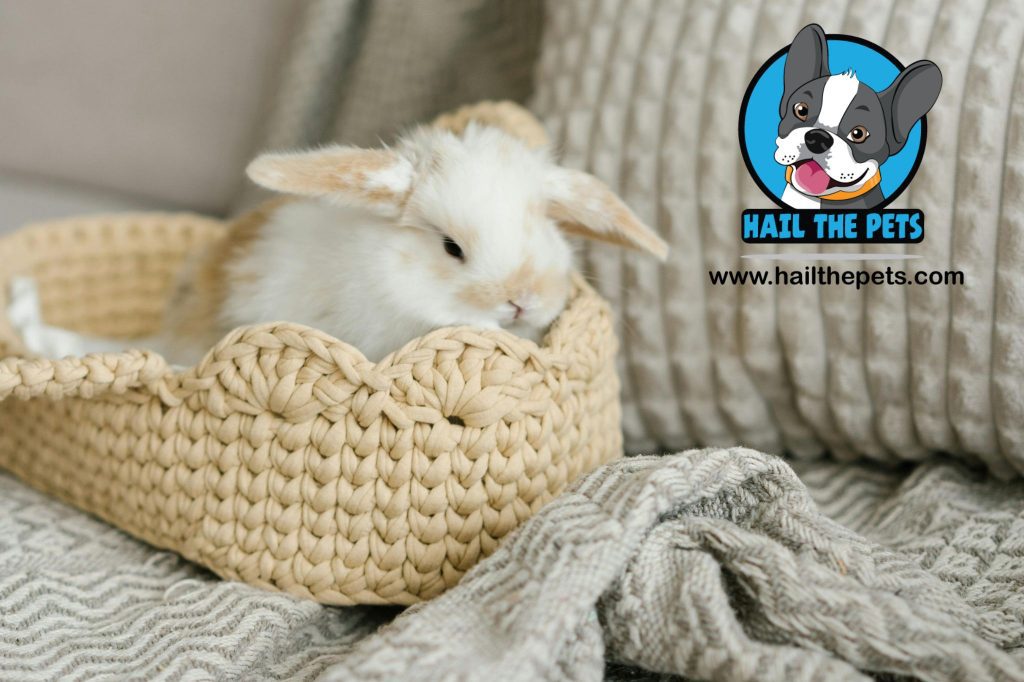
Tips To Groom Your French Lop Bunny
- Brush your bunnies at least once a week with a soft-bristled brush or a metal comb.
- Be gentle and avoid pulling or tugging on their fur.
- Use a pair of scissors or a mat splitter to trim mats and knots.
- Using a razor or a clipper is not recommended as it can damage the skin and cause infections.
- Cut the mats away from the skin, leaving some fur around them. Consult a veterinarian in case the mats are too close to the skin.
- Grooming doesn’t necessarily mean only the hair or coat. Check your bunnies’ ears, eyes, nose, mouth, and bottom for any signs of dirt, discharge, or irritation.
- If found any, clean them with a damp cloth or a cotton ball.
- Trim your French Lop’s nails using a nail clipper or filer for small animals.
- Keep the bunnies in a clean environment such as cages lined with hay or fleece. Be careful not to use a material that may tangle with the French Lop’s hair.
- Feed your bunnies a balanced diet that consists of fresh hay, pellets, veggies, and fruits.
- Make sure to regularly clean the bunny’s space as it’s a driving factor in avoiding lock formation. Eating preferences also act as an important factor, so feed them accordingly.
- Hay is the most important part of their diet. It helps them digest their food and prevent hairballs. Pellets should be given in moderation, as they can be high in calories and low in fiber.
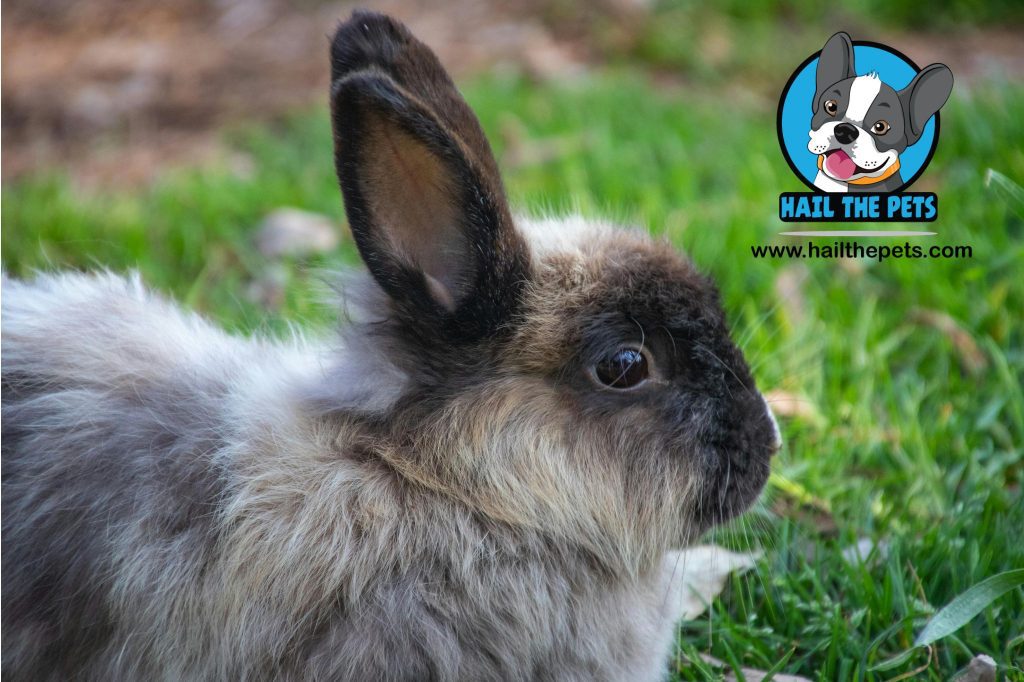
Conclusion
Grooming is extremely important for your beloved French Lop bunny. However, beginners must not directly jump to grooming them before learning the important details listed in this article. Fur growth, coat, shedding cycles, and molting require thorough understanding.
Do check out: Ten Deadly Fish Diseases: Tips And Tricks To Prevent Them – January 2024
Once you’re done, you’ll find grooming techniques and tips that can keep your big baby healthy, safe, and sleek.
